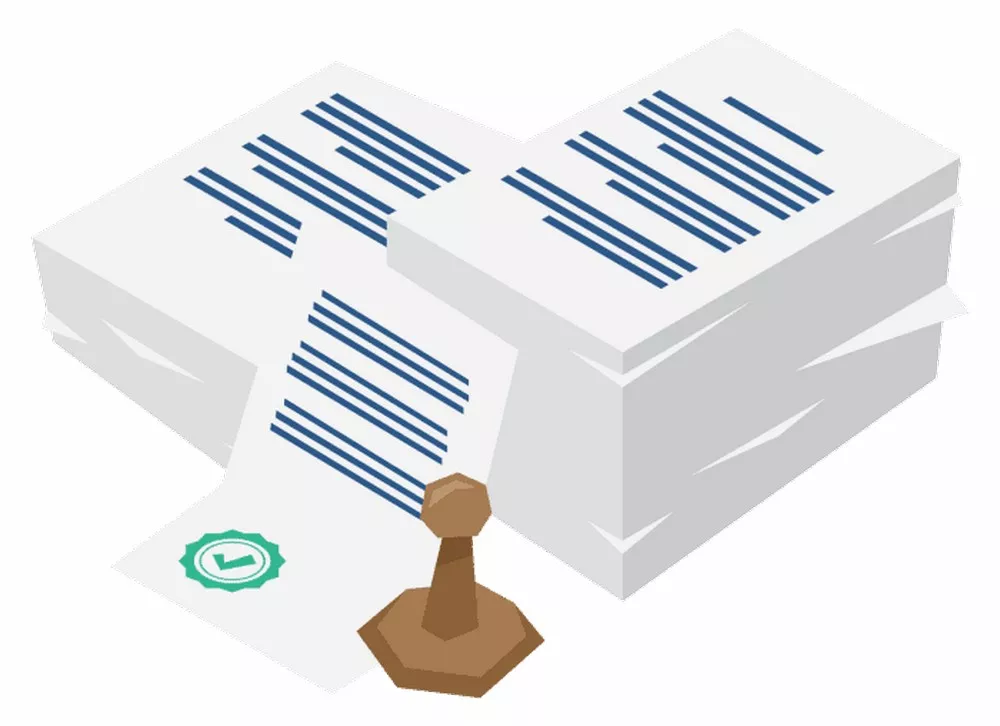With extensive knowledge and experience in various financial products, OnlineLoansFlorida offers advice to you in managing personal finance. Get the basic advantages of budgeting such as it gives you control over your money, keeps you focused on your money goals, makes you aware what is happening with your money, enables you to save for expected and unexpected costs as well as allow you to produce extra money.
There are a few big mistakes that people make when filing their taxes. Here are a few of the most common ones:
underestimating their income
People underestimate their income when filing their taxes. underestimating their income can lead to a higher tax bill, and may even result in a loss of income. It is important to be accurate with your income information, so that you can get the most accurate tax return.
underestimating their tax liabilities
People underestimate their tax liabilities when filing their taxes. underestimating their tax liabilities can lead to a lower tax bill, and may even result in a loss of income. It is important to be accurate with your tax liabilities, so that you can get the most accurate tax return.
overlooking deductions and credits
People overlook deductions and credits when filing their taxes. overlooking deductions and credits can lead to a lower tax bill, and may even result in a loss of income. It is important to be careful when reviewing your tax return, and to take into account the specific deductions and credits that may be applicable to your situation.
The most common mistakes people make when filing their taxes are not categorizing their income properly, underestimating their tax liability, and not properly preparing their taxes. If you are making any of these mistakes, you may be subject to a penalty and may not be able to file your taxes at all.
There are a few mistakes people make when filing their taxes. One is not enough information. The other is not using the correct forms. The third is not using the correct information. The fourth is not getting help from an accountant. The fifth is not using the correct software. The last is not keeping a good financial record.
There are three big mistakes people make when filing their taxes: not filed, over-filing, and under-filing.
Not filed: Not filing your taxes can mean that you’ll wind up paying more in taxes than you expected, and you may even have to pay interest on the money you overpaid. The IRS offers a free tax estimate to help you figure out what you owe, so make sure to do your due diligence and file your taxes by April 15.
Over-filing: Filing too many taxes can result in a higher tax bill than you expected and may even lead to a penalty. The IRS offers a free tax estimate to help you figure out what you owe, so be sure to do your due diligence and file your taxes by April 15.
Under-filing: Under-filing your taxes can result in a lower tax bill than you expected and may even lead to a tax refund. The IRS offers a free tax estimate to help you figure out what you owe, so be sure to do your due diligence and file your taxes by April 15.








